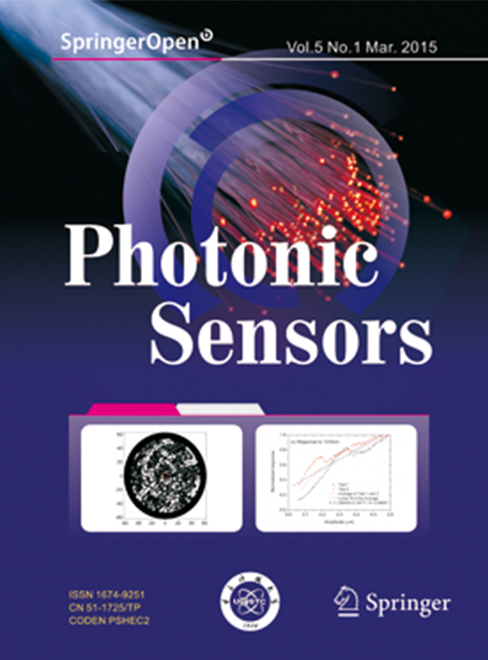 View fulltext
View fulltext
This paper provides a short overview of the time I spent as a member of the Applied Optics Group at the University of Kent (1985-1989) followed by a review of my research during my time at Cranfield University (1989 to date).
In this paper, an overview of author’s research is presented, commencing at the University of Kent under Prof. David A. Jackson. Early research in short optical pulses and fiber-optic delay-line digital correlators led to optical communications research in code-division multiple access networking. This research was based on broadband incoherent light, and this theme continued with research into spectrum-sliced wavelength-division multiplexing. In shifting from photonics research to biomedical optics and biophotonics in the late 1990s, the emphasis on exploiting broadband light continued with research in optical coherence tomography, amongst other topics. In addition to the research outcomes, how these outcomes were attained is described, including mention of the exceptional contributions of many of my colleagues.
In this paper the author describes research and development activities in the field of optical sensing undertaken since his time within the Applied Optics Group at the University of Kent. The main topics covered are laser vibrometry and optical range-finding techniques. The author also gives a summary of his research at University of Kent, covering 1982-1985.
The author’s research activities undertaken at the Applied Optics Group, the University of Kent at Canterbury are reviewed, during his time there from 1988-1992 and 1994-1996, followed by a summary of recent research. The areas of interest are high finesse ring resonators, tunable optical filters, novel optical fiber grating sensors in glass and polymer, femtosecond laser inscription and micromachining, environmental pollution monitoring, hydrogen activated Pd films on silicon and impurity measurement on silicon wafers.
This article reviews author’s research work on fiber-optic sensors over the last twenty years. It includes two aspects: low-coherence interferometric sensors (LCI) and fiber Bragg grating (FBG) sensors. For LCI sensors, author’s work mainly focuses on the interrogation and multiplexing methods for Fizeau and Fabry-Perot interferometric sensors at the University of Kent at Canterbury (UKC), UK, and study on novel Fabry-Perot interferometric sensors and their multiplexing methods at Chongqing University (CQU) and University of Electronic Science & Technology of China (UESTC), China, respectively. For FBG sensors, a number of multiplexing schemes are proposed and demonstrated at UKC, and then novel methods for realization of multi-parameter measurement and long-distance measurement based on the FBG sensor and its combination with other optical fiber sensors are also reported at CQU & UESTC. Thus, author’s study on these two topics can be divided into two periods, at UKC and at CQU & UESTC, China. This review is presented in such a time sequence.








